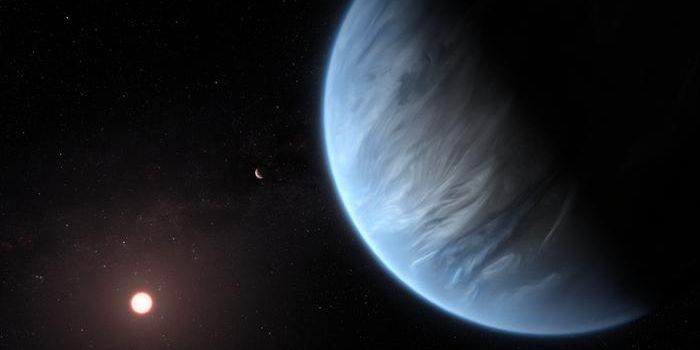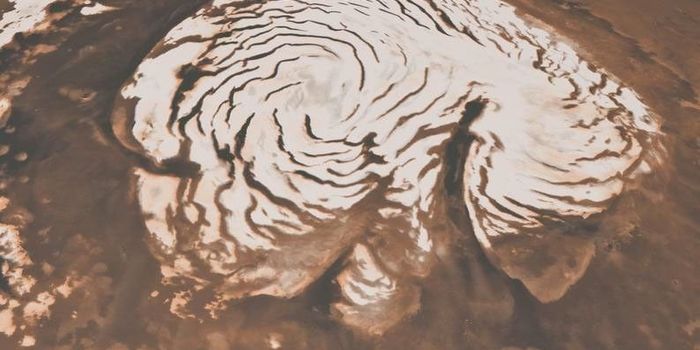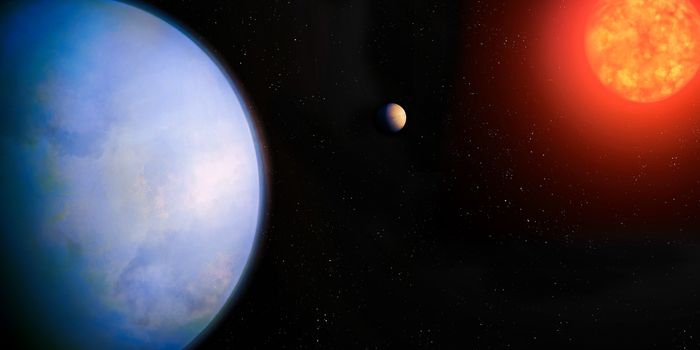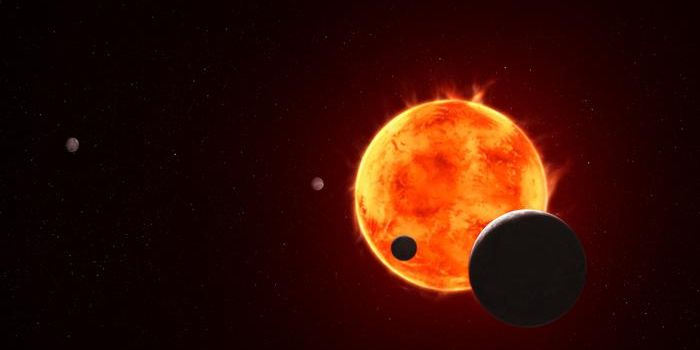NASA's Dawn Mission Taught Us Much About the Asteroid Vesta
In 2011, NASA’s Dawn spacecraft arrived at its destination, enabling planetary scientists with the American space agency to study a particularly captivating asteroid in the asteroid belt called Vesta.
The Dawn mission revealed a lot about Vesta, such as its odd shape, which was made possible by its size and impact history. Two particularly massive impacts shaped massive craters on Vesta’s surface, and their details were carefully analyzed in various photographs captured by Dawn during its stay.
The mission painted a detailed picture of Vesta’s past, and scientists now think that the asteroid contains a solid iron core that was once active like those at the center of terrestrial planets today. Moreover, had it not have been impacted twice, it would likely be a round body, and categorized as a dwarf planet under current standards due to its size and characteristics.
Some science suggests that Vesta was well on its way to becoming a full-blown planet in the early solar system, but that progress was stifled by Jupiter, which had a much stronger gravitational influence over all and any surrounding space rocks.
Had it not been for Dawn, we likely wouldn’t know as much about Vesta as we do today. The knowledge acquired from the mission continues to entice scientists today, and some of it even helps planetary scientists better understand other asteroids in the solar system.








